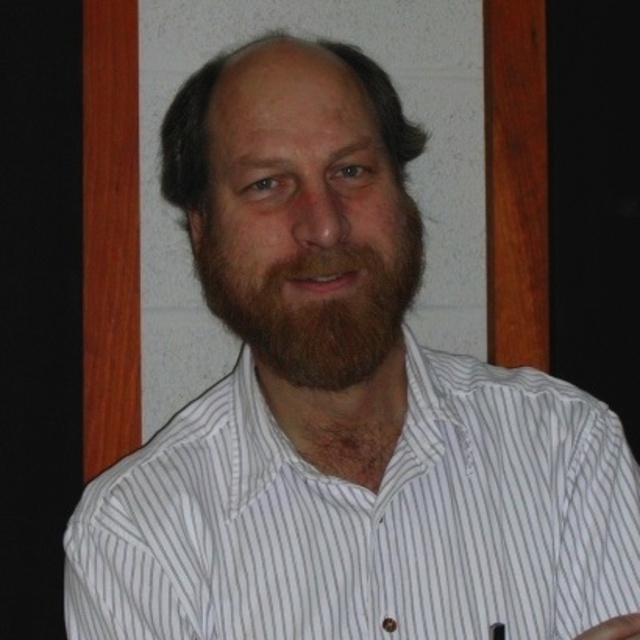June
1998
•
1998AJ....115.2285M
Authors
•
Magorrian, John
•
Tremaine, Scott
•
Richstone, Douglas
•
Bender, Ralf
•
Bower, Gary
•
Dressler, Alan
•
Faber, S. M.
•
Gebhardt, Karl
•
Green, Richard
•
Grillmair, Carl
•
Kormendy, John
•
Lauer, Tod
Abstract
•
We construct dynamical models for a sample of 36 nearby galaxies with Hubble Space Telescope (HST) photometry and ground-based kinematics. The models assume that each galaxy is axisymmetric, with a two-integral distribution function, arbitrary inclination angle, a position-independent stellar mass-to-light ratio Upsilon, and a central massive dark object (MDO) of arbitrary mass M_•. They provide acceptable fits to 32 of the galaxies for some value of M_• and Upsilon the four galaxies that cannot be fitted have kinematically decoupled cores. The mass-to-light ratios inferred for the 32 well-fitted galaxies are consistent with the fundamental-plane correlation Upsilon ~ L^0.2, where L is galaxy luminosity. In all but six galaxies the models require at the 95% confidence level an MDO of mass M_• ~ 0.006M_bulge = 0.006UpsilonL. Five of the six galaxies consistent with M_• = 0 are also consistent with this correlation. The other (NGC 7332) has a much stronger upper limit on M_•. We predict the second-moment profiles that should be observed at HST resolution for the 32 galaxies that our models describe well. We consider various parameterizations for the probability distribution describing the correlation of the masses of these MDOs with other galaxy properties. One of the best models can be summarized thus: a fraction f ~= 0.97 of early-type galaxies have MDOs, whose masses are well described by a Gaussian distribution in log (M_•/M_bulge) of mean -2.28 and standard deviation ~0.51. There is also marginal evidence that M_• is distributed differently for ``core'' and ``power law'' galaxies, with core galaxies having a somewhat steeper dependence on M_bulge.
Links




